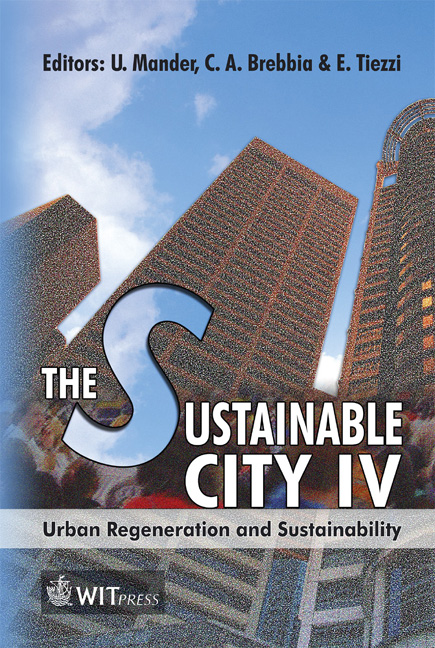Evaluating Walking Promotion Policies With Regard To Mobility Representations, Appropriations And Practices In Public Space
Price
Free (open access)
Transaction
Volume
93
Pages
11
Published
2006
Size
278 kb
Paper DOI
10.2495/SC060581
Copyright
WIT Press
Author(s)
S. Lavadinho
Abstract
To effectively encourage pedestrian use, urban planning must meet pedestrian needs. But how do public policies that support human-powered mobility translate into real-life practices? Which built environment factors encourage users to adopt existing pedestrian routes and integrate them in their daily travel? This research reveals pedestrian practices and the way they connect to other daily activities. It gives suggestions for a targeted policy of promotion of pedestrian routes in agreement with different user profiles. It elucidates the mechanisms of appropriation of public spaces that influence walking choices, and which urban planning elements are most conducive of walking behaviour. The research design followed a two-step process: first an onsite evaluation of the objective characteristics of three of the nine walking routes currently proposed by the Geneva Pedestrian Masterplan, followed by an onsite quantitative survey that described users’ walking behavior and their judgements on the adequacy of these routes to their needs, desires and daily practices. Keywords: urban planning, walking, public space, evaluation, human-powered mobility, promotion policies, pedestrian behaviour. 1 Is walking still part of our mobile world? Though we do seem to live in a very mobile world, our first request goes not towards mobility per se, but rather the wild range of activities being mobile authorizes. Placed within a dense urban tissue, people may not request the car as such, and might even be inclined to refrain from using it. What they ask for is a simple, flexible, fast and effective means of transportation. While for the time being it is undeniable that individual motorised traffic is still seen as the best
Keywords
urban planning, walking, public space, evaluation, human-powered mobility, promotion policies, pedestrian behaviour.





